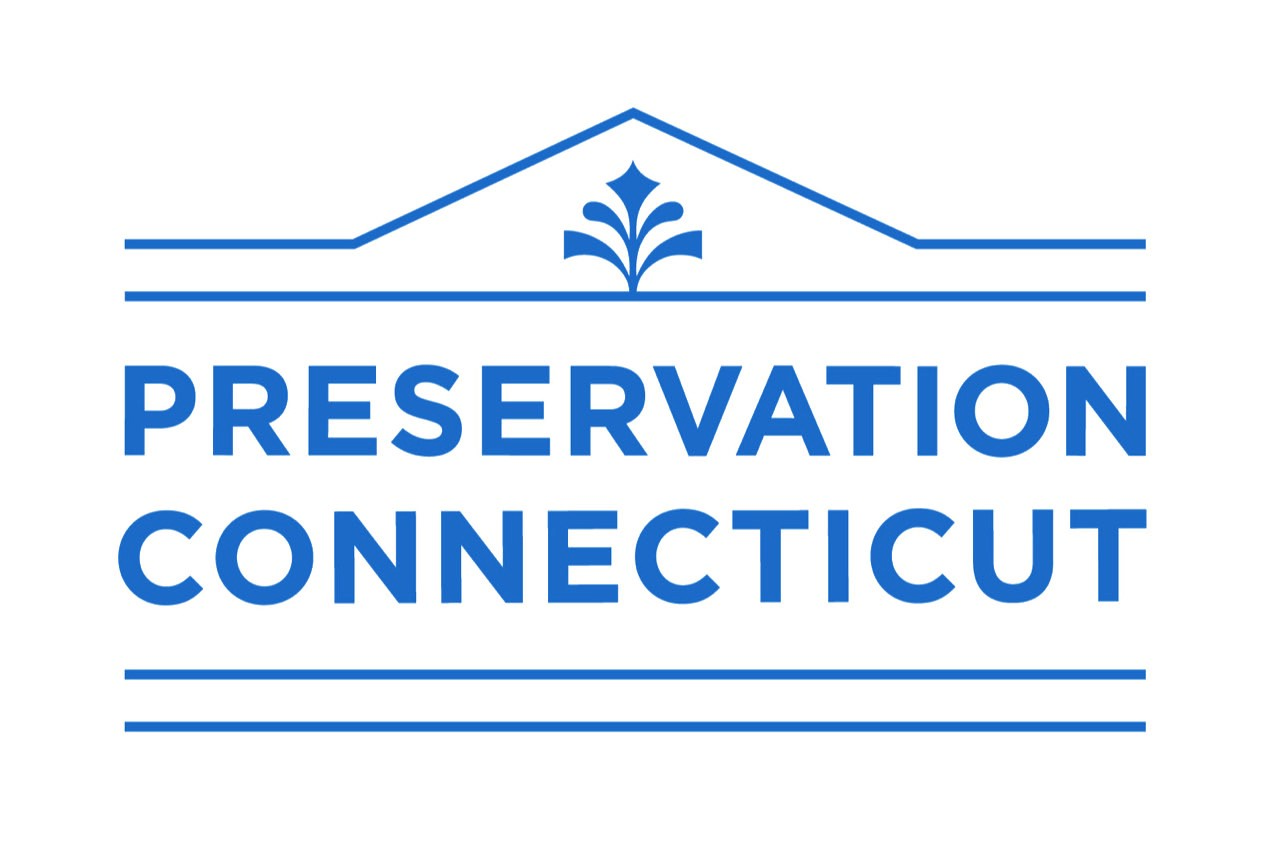The COVID-19 crisis has changed the way we interact with the people and places we care most about. During these unusual times, it is important to remember the sense of continuity and permanence provided by historic resources. They are the places where we gather to view art, experience culture, and simply enjoy being together. They remind us of past struggles overcome and represent the potential to achieve important things despite our current challenges. The retention, reuse and revitalization of historic places can help drive economic development and provide communities with a sense of hope for the future. The economic benefits of preservation were recently illustrated in a report created for the National Trust by Place Economics “Twenty Four Reasons Historic Preservation is Good for Your Community”.
Right now, the only thing that seems certain is that many of our preservation partners and historic sites will need to innovate to continue their mission. They will also need the support of their local communities as well as financial help from the state and federal government.
In an effort to provide some of this support, the United States House of Representatives passed the Coronavirus Aid, Relief and Economic Security Act (CARES Act) on March 27 (the Senate passed the Act on March 25). On April 2, 2020 the National Trust held an online Preservation Leadership Forum to summarize the impact of the CARES Act on cultural institutions. Some key points from that discussion are outlined below, but the full discussion can be found here.
Grant Funding
The Institute of Museum and Library Services (IMLS) received $50 million and the National Endowment for the Arts/National Endowment for Humanities each received $75 million, of which $45 million (60%) will be provided to support at-risk positions and projects at museums, libraries, archives, historic sites, colleges, universities, and other cultural nonprofits financially impacted by the coronavirus. These direct grants will be available through September 30, 2021 and will not require a match. More information including applications and deadlines will be available on the NEA website and NEH website by April 30th.
Charitable Contributions
Many of our most beloved museums, libraries and preservation-related organizations rely on the generosity of donations. The CARES Act creates a new above-the-line deduction that applies to 90% of taxpayers for a total contribution of up to $300. This applies to cash contributions made in 2020 and can be claimed on individual tax forms. It also lifts the cap on annual contributions for itemized deductions from 60% to 100% of Adjusted Gross Income. These changes are important because the provision allows those NOT itemizing their deductions to claim the charitable deduction (up to $300 in 2020).
Other Funding and Programs
Money was also put into Community Development Block Grant Funds (CDBG) funds, which can often be used by cities and towns to improve municipally owned historic resources.
Several participants on the Preservation Forum call mentioned a push for changes to the Federal Tax Credit programs that would further incentivize the development of historic properties, however these issues are still only in the planning phase.
A complete list of resources related to the operation of cultural institutions during and after the COVID-19 pandemic was published on the Saving Places website. It includes guides on how to stay connected to the public as well as how to continue your organization’s mission during this time.
Finally, in their recent newsletter the State Historic Preservation Office (SHPO) mentioned the online COVID-19 Resource Hub assembled by the Heritage Emergency National Task Force (HENTF) to help cultural and heritage communities respond to and recover from the impact of the pandemic.
Things are changing rapidly, so be sure to stay in touch and check in with the SHPO and Preservation Connecticut regularly for updates to our respective programs.

